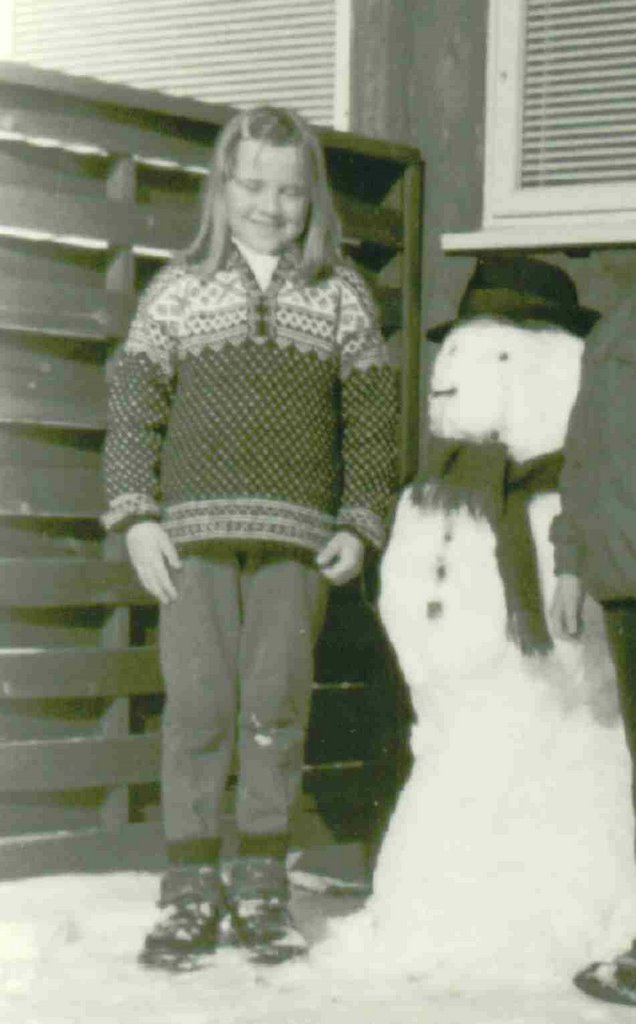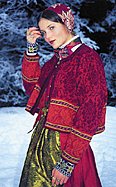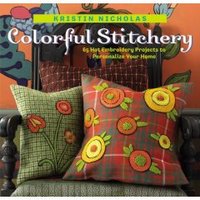
Fortunately, no major shaping has happened yet, so I think Elspeth would make a nice little curtain for the window in our front door. Something with holes is definitely needed here, so that we can look out and still see the trees.

Here is a closeup to prove there are actually holes in this curtain. It's maybe not as lacy as I would have liked, but there are holes!
I started this project about ten times before having any success. In spite of swatching, when knitting the pattern, I just could not get the gauge right.
I wrote a little haiku for challenge 3, about the swatch mocking me, but deleted it.
And then I couldn't get the pattern right. Elspeth is a Rowan pattern, and I have read many blogs lately discussing issues with Rowan instructions. I am going to agree with them. The directions have issues. Maybe this is a recent phenomenon, I have not run into this with earlier Rowan patterns.
One problem with the directions is that the shaping cuts right across the pattern stitches, instead of being shaped around the patterns.
(The holes are not really apparent in the following photo. This is not a blurry photo by the way, but this yarn has little white flecks in it that make it difficult to photograph. I really like the way it looks in real life!)

You can see the effects of how the pattern hits the selvedge and kind of makes it curl unevenly. This is most obvious on the left side in this picture. It will look fine when seamed, and it does have the (mostly) correct shape, but it is awkward to work with this pattern along the edges.
This is common I am sure, with garments that have both shaping and pattern.
Another, more surprising problem, is that the pattern stiches themselves are not written correctly. The pattern consists of slanted decreases first to the right, and then to the left. The first pattern element has standard decreasing, K2tog and P2tog. This slants to the right. But then, for the left slanting pattern, the instructions say K2tog tbl (RS) and P2tog tbl (WS). Knitting 2 together through the back loop causes a twisted stitch, and so the left slanting elements have a more raised look than the right slanting elements. This is not pretty in my opinion. However, out of laziness, I didn't really give this any thought until I was almost at the armhole, when I started thinking this is too easy, no slipping and psso...
I am not going back, but now I am doing it the right way (my way). It's moving along rather quickly now. Whew!























